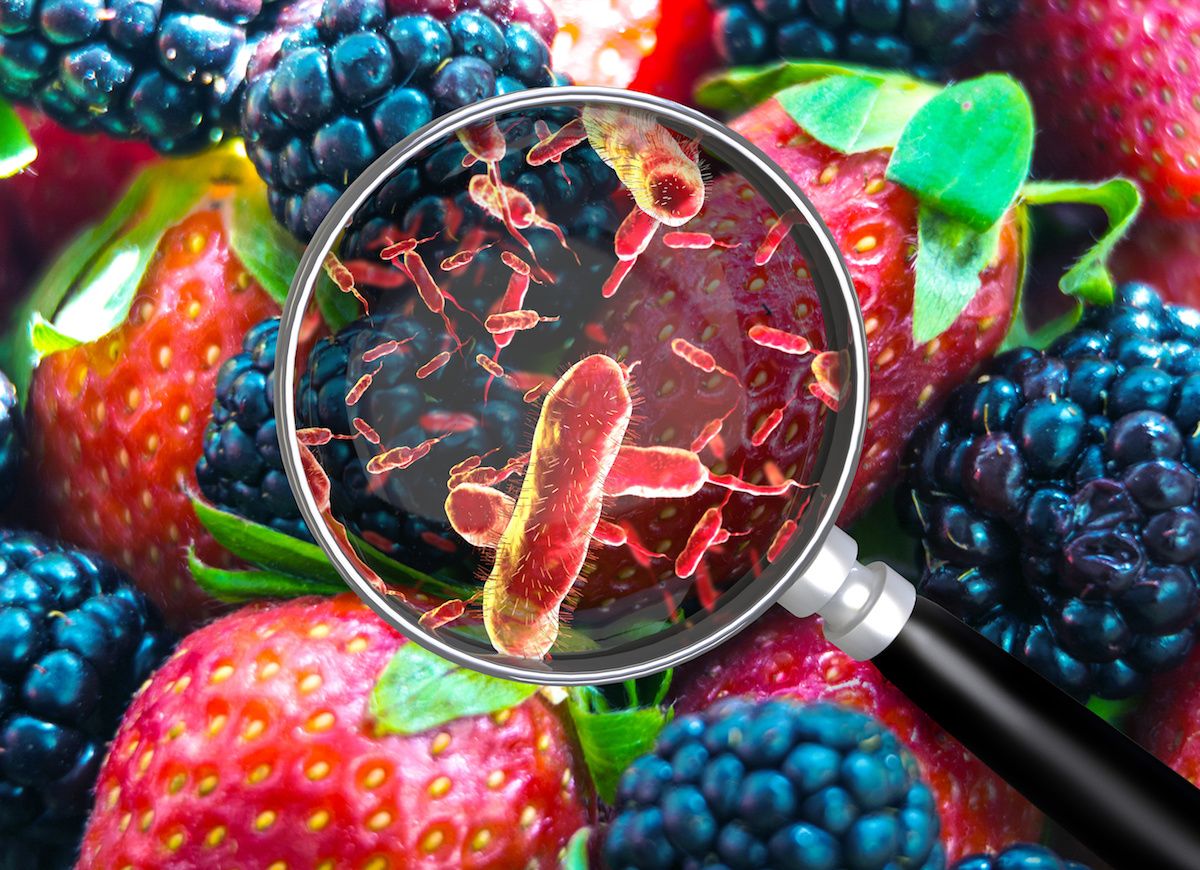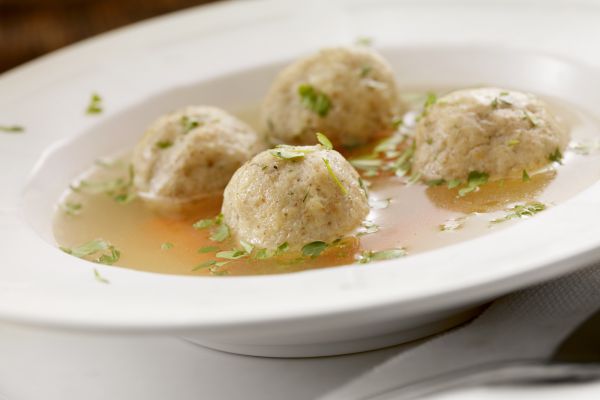As we work to avoid COVID-19 infection and keep our immune systems strong, food safety becomes even more important. You may wonder: Is it safe to defrost meat on the counter? Can I use the same cutting board for everything? Should I taste food to determine if it is “still good”? (Both the U.S. Department of Agriculture (USDA) and the Food & Drug Administration (FDA) warn that you should never taste food to determine if it is safe to eat.)
Pathogens are germs (bacteria, viruses, parasites) that cause disease, and if enough of them are in your food — or if your immune system is weakened by disease, such as cancer or diabetes — they can make you sick. The risk rises as we age, because our immune systems weaken. A healthy 25-year-old may be able to fight off pathogens lurking in food, but those same pathogens could cause serious illness in a person who is 70, especially if that person is being treated for cancer.
So pay careful attention to proper handling and preparation of food that will be eaten by a cancer patient. That person’s risk of infection is higher, and they may already be experiencing GI side effects, such as nausea, vomiting or diarrhea, which can hide symptoms of foodborne infection. For people with weakened immune systems, foodborne illnesses may cause even more serious illnesses or require hospitalization.
Why are older people at special risk?
The FDA warns that people over age 65 are at a higher risk for hospitalization and death from foodborne illness. Why?
- The immune system normally begins to decline between ages 50 and 60. After age 75, many adults have an increased risk of getting a foodborne illness at the very time their bodies are becoming less able to fight infection.
- It takes longer for older people to digest food, which gives bacteria time to grow. At the same time, the stomach may not make as much stomach acid, which can destroy some pathogens.
- The liver and kidneys work slower as we age and aren’t as efficient as they once were at getting rid of pathogens and toxins.
What foods are most likely to contain pathogens?
How much risk the following foods pose depends on where they came from and how they are processed, stored and prepared:
- Uncooked fresh fruits and vegetables
- Some animal products: unpasteurized (raw) milk or soft cheeses; raw or undercooked eggs; raw meat, poultry, fish, shellfish (and their juices); and luncheon meats and salads without preservatives
Four basic steps of food safety
1. Clean: Wash hands, utensils and surfaces often — and definitely before and after you handle food. Wash all produce (even before peeling), clean lids before opening cans, and use single-use products such as paper towels instead of a sponge or cloth. Germs can spread and survive in many places.
2. Separate: Raw meat, poultry, seafood and eggs can spread illness-causing bacteria to ready-to-eat foods, so keep them separate. Do not reuse plates that had raw food on them unless you wash them first in hot, soapy water. If you had raw food in a marinade, boil the marinade if you plan to use it when serving.
3. Cook: Food is safely cooked only when the internal temperature is high enough to kill germs that can make you sick. You cannot tell if a food is done by looking at it — use a thermometer.
4. Chill: Refrigerate cooked foods promptly. Bacteria that cause food poisoning multiply quickest between 40°F and 140°F. Cold temperatures slow the growth of harmful bacteria. Keep your refrigerator temperature at 40°F or below and the freezer temperature at 0°F or below.
Be careful what you eat
- Eggs can have bacteria called salmonella on both the inside and outside, so they must be cooked thoroughly before eating. Do not eat runny eggs; yolks and whites should be solid. Don’t eat foods that contain raw eggs (cookie dough, some Caesar salad dressings, cake batter).
- Dairy: All dairy products must be pasteurized. Don’t eat soft cheese, cheese with blue veins (such as bleu), or brie or Mexican-style cheese, such as queso blanco fresco.
- Fruits/vegetables: Wash all raw fruits, vegetables and fresh herbs. Do not eat raw vegetable sprouts, such as alfalfa and mung beans. Do not use fresh salsa or salad dressings kept in the refrigerated cases of the grocery store. All juices should be pasteurized.
- Do not eat raw honey or pastries/doughnuts with creamy fillings.
Have more questions? Our Nutrition team can play a major role in your care. Learn more about all the services we offer. Learn more.
Cooking — and eating — safely
- Tofu: Do not eat uncooked tofu. Cook tofu for at least five minutes.
- Chicken: When eating chicken/poultry, cook to a temperature of 165°F (74°C). Use a food thermometer to measure the thickest part of the meat.
- Meat: Beef, lamb, pork and venison should not be red or pink. Cook to 160°F (74°C). Cook hot dogs and lunch meats to steaming before you eat them.
- Fish/shellfish: Do not eat raw fish, oysters or any other raw shellfish. Cook them thoroughly.
- Casseroles: Heat to 165°F (73.9°C).
Dining out: Follow the guidelines above. In addition, avoid salad bars, buffets and sidewalk vendors. Use salad dressings, sauces and salsas from single-serving packages only. Eat out at times when restaurants are less crowded. Always ask for your food to be prepared fresh, even at fast-food restaurants.
More information
If you have questions about preventing foodborne illness and safe food handling, storage and food preparation, try Ask USDA, an online tool that provides information from the U.S. Department of Agriculture. You can search for answers on the website or use one of the handy contact methods below. Customer services are not available on federal holidays. Call with questions: 202-720-2791, Monday-Friday, 9 a.m. – 5:30 p.m. Email questions to: askusda@usda.gov (responses in 1-2 business days). Chat with an expert.

